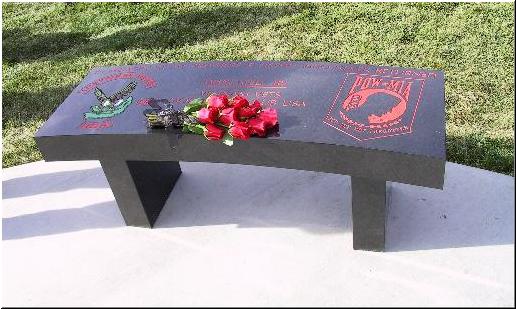Your FLO task is to design a memorial for the slave trade. It could be a statue but it doesn't have to be: there are memorial prizes, concerts, gardens, scholarships and buildings...
It should be a memorial to the people who struggled against the trade in enslaved Africans. They included:
- enslaved people who resisted actively or passively
- leaders who organised revolts
- black and white campaigners against the slave trade
- MPs who argued against the slave trade
- the huge numbers of people who signed petitions
If you want to explore the stories and issues more fully online you can visit here or here or here (ignore the tasks, just look at the links).
To help you think....
Here are some examples of different memorials:
Here are some memorials to the slave trade in Africa and the Caribbean:
Here is a model of the memorial planned for London:

Can you do better?














 In North Africa, the Muslim Empire of Songhay (or Songhai).
In North Africa, the Muslim Empire of Songhay (or Songhai).


